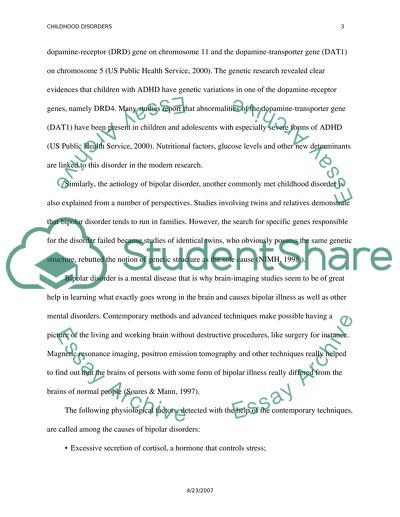Cite this document
(“Childhood Disorders Essay Example | Topics and Well Written Essays - 3000 words”, n.d.)
Retrieved from https://studentshare.org/psychology/1502487-childhood-disorders
Retrieved from https://studentshare.org/psychology/1502487-childhood-disorders
(Childhood Disorders Essay Example | Topics and Well Written Essays - 3000 Words)
https://studentshare.org/psychology/1502487-childhood-disorders.
https://studentshare.org/psychology/1502487-childhood-disorders.
“Childhood Disorders Essay Example | Topics and Well Written Essays - 3000 Words”, n.d. https://studentshare.org/psychology/1502487-childhood-disorders.


